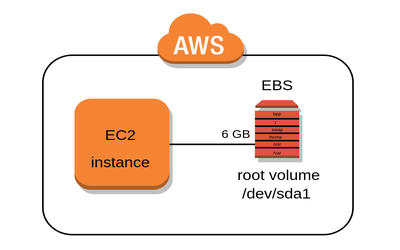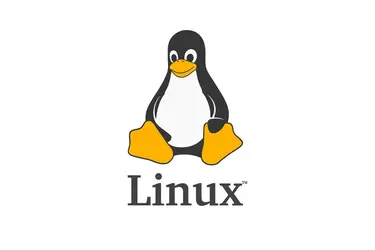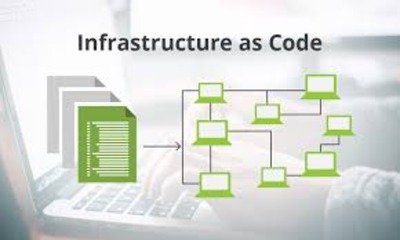Continuous Integration and Continuous Delivery
This lesson introduces the concepts of **Continuous Integration (CI)** and **Continuous Delivery (CD)**, key practices in modern software development and DevOps. You will learn how CI ensures code changes are automatically tested and integrated into the main codebase, while CD automates the process of deploying applications to production. By the end of this lesson, you will understand how CI/CD improves collaboration, reduces deployment risks, and accelerates software delivery.
English
Last updated
Fri, 20-Dec-2024




















